|
Changing colors and adapting to a certain environment is an art
displayed by animals. Some animals are blessed with this unique power to
change colors according to the surrounding in order to protect
themselves from predators or for the sake of catching their prey.
Protective Adaptation of Animals is something natural. Allah Almighty
has given this power to certain animals that can change their colors to
help them save themselves from predators or for catching their prey. The
color changing phenomenon has certain reasons such as for protection,
mating and recognition of other family members. Animal adaptation or
camouflaging to match their environment is a surviving technique for
animals worldwide.
Check out which animals are gifted with this amazing talent:
|
|
Chameleon
On the top of the list of protective adaptation of animals is a
chameleon. It is the most amazing animal that changes colors as to
wherever they go. They are able to alter their colors and blend with
nature. All the species of chameleon can shift to any colors. They are
able to turn pink, red, orange, blue, green, and yellow, black, brown;
or they are able to combine colors depending on where the environment
is. All species of animals that change colors are mainly for defense or
offense but the chameleon’s purpose is to really change into different
colors in order to communicate with other species of and make themselves
more attractive to mates. |
|
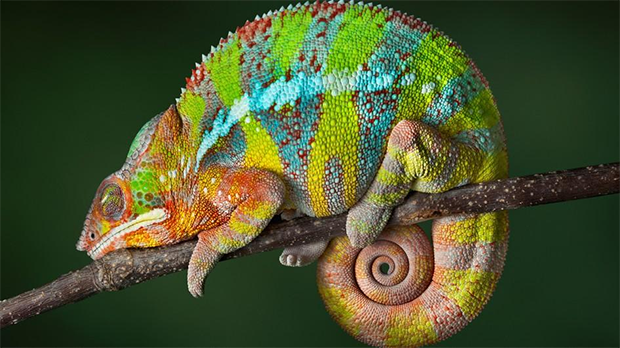 |
|
Insect-Stalking Duo-Tone Spider
This difficult to name spider also comes in the list of protective
adaptation of animals. The Goldenrod Crab Spider can only change two
colors – white and yellow. This species hunts mainly on flowers of those
colors: daisies and sunflowers most notably. Triggered by their image
input, the spiders squirt a pigment to switch between white and yellow
over a period of days – thus adapting to the plants in their area. |
|
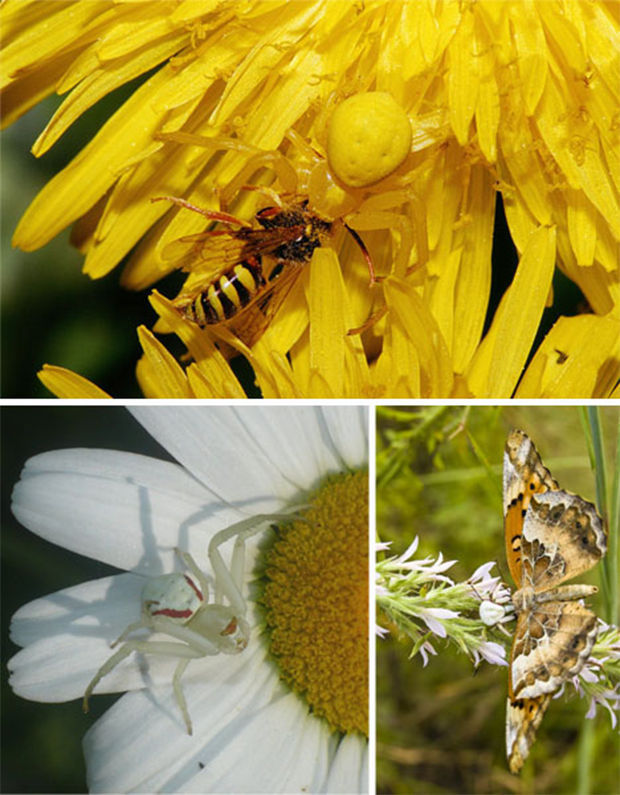
|
|
Arctic Fox
The Arctic fox thick, double-layered coat is among its most effective
protective adaptation of animals, because of its insulating properties
and its ability to change color according to the season; if it is summer
the coat’s color is bluish gray and if it is winter it turns to solid
white. It aids them in hunting preys and to camouflage itself from
hungry predators. |
|
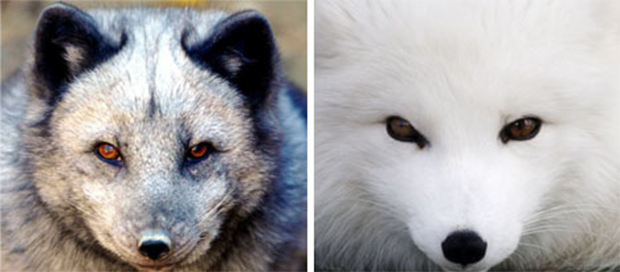
|
|
Golden Tortoise Beetle
The Golden Tortoise Beetle can change its color from a shiny gold color
to a dull red with ladybug-spots. They are able to achieve this kind of
alteration by reflecting the outer shell which is essential like tinting
a window and through microscope valves it alters the moisture level
under the shell. |
|
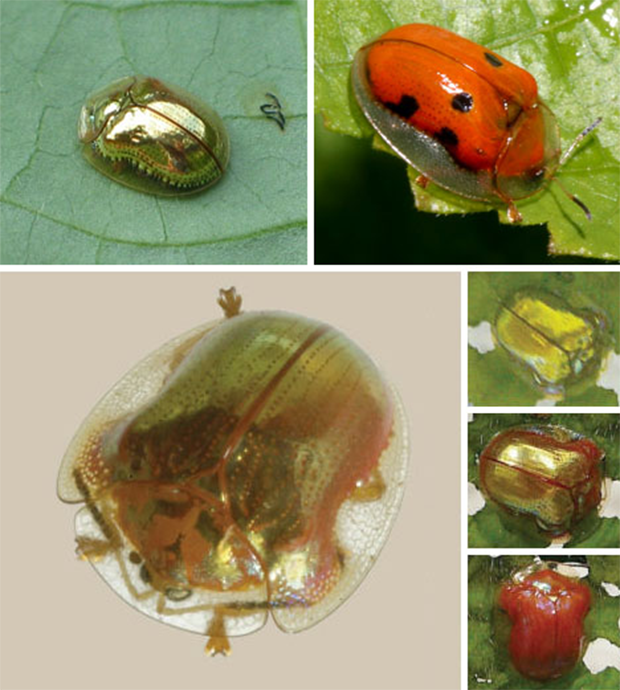 |
|
Peary Caribou
The Peary Caribou is the only deer species that undergoes a seasonal
change, but they are the smallest species of caribou. They are found in
mostly northerly Arctic part of Canada. They are steel gray in summer
and shift to solid white during winter to protect them from predators.
They’re just like the Arctic fox that turns solid white during winter.
|
|
 |
|
Shape-and-Species Shifting Mimic Octopus
Mimic Octopi are also shape-shifters that can adapt their movements and
the arrangement of their parts to appear as up to 15 different oceanic
species including sea snakes, lionfish, flatfish, brittle stars, giant
crabs, sea shells, stingrays, flounders, jellyfish, sea anemones, and
mantis shrimp.
|
|
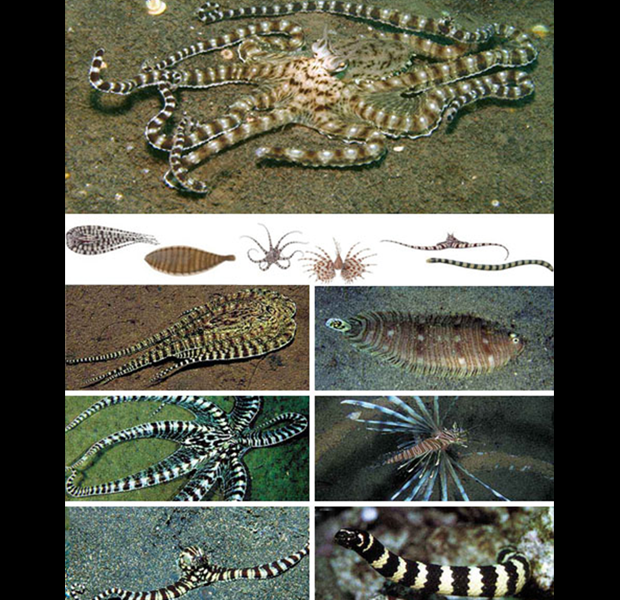 |
|
Flounder
The flounder is a bottom-feeding flat fish and they have this amazing
ability to adapt their appearance to their environment in search of prey
along the ocean floor. Their second eye migrates to one side of their
body either left or right depending on the species. This enables them to
cruise along parallel to the ground below them and can still look
forward or up. These creatures are found at the bottom of the deepest
location on the earth’s crust.
|
|
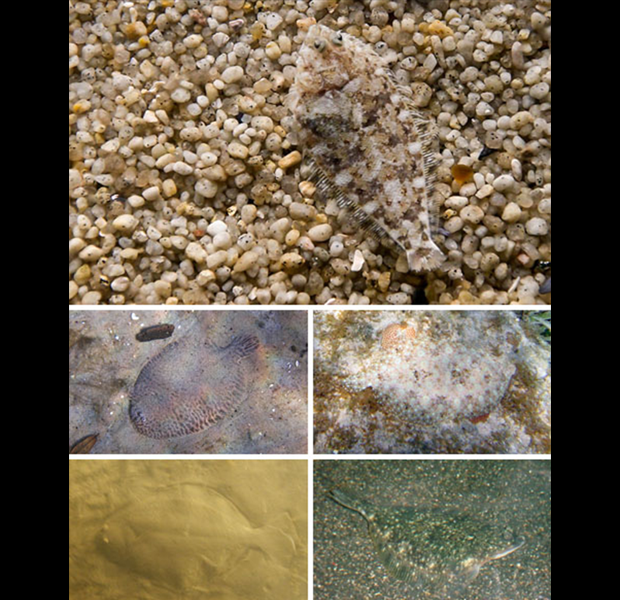 |
|
Peron Tree Frog
This frog is not only notable for its high-pitched sound that they
generate but also its ability to change color in less than an hour. They
are the Peron’s Tree Frogs or also known as the Laughing Tree Frogs and
Maniacal Cackle Frogs. They change from gray, brown and white with
typically yellow and black legs and emerald spots.
|
|
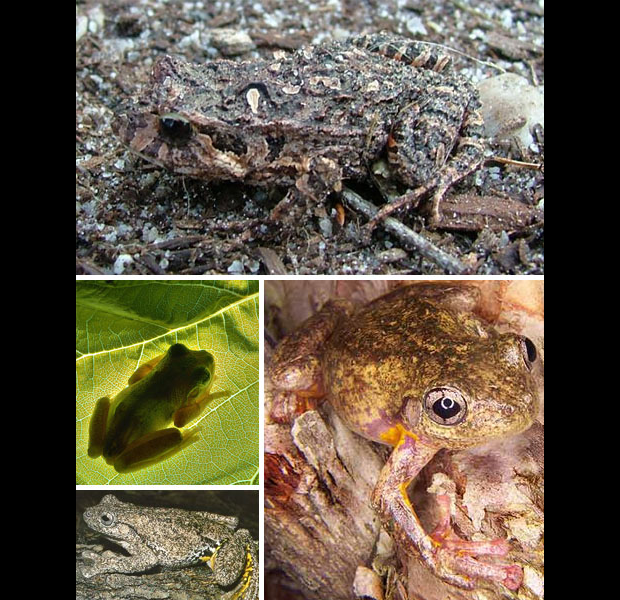 |